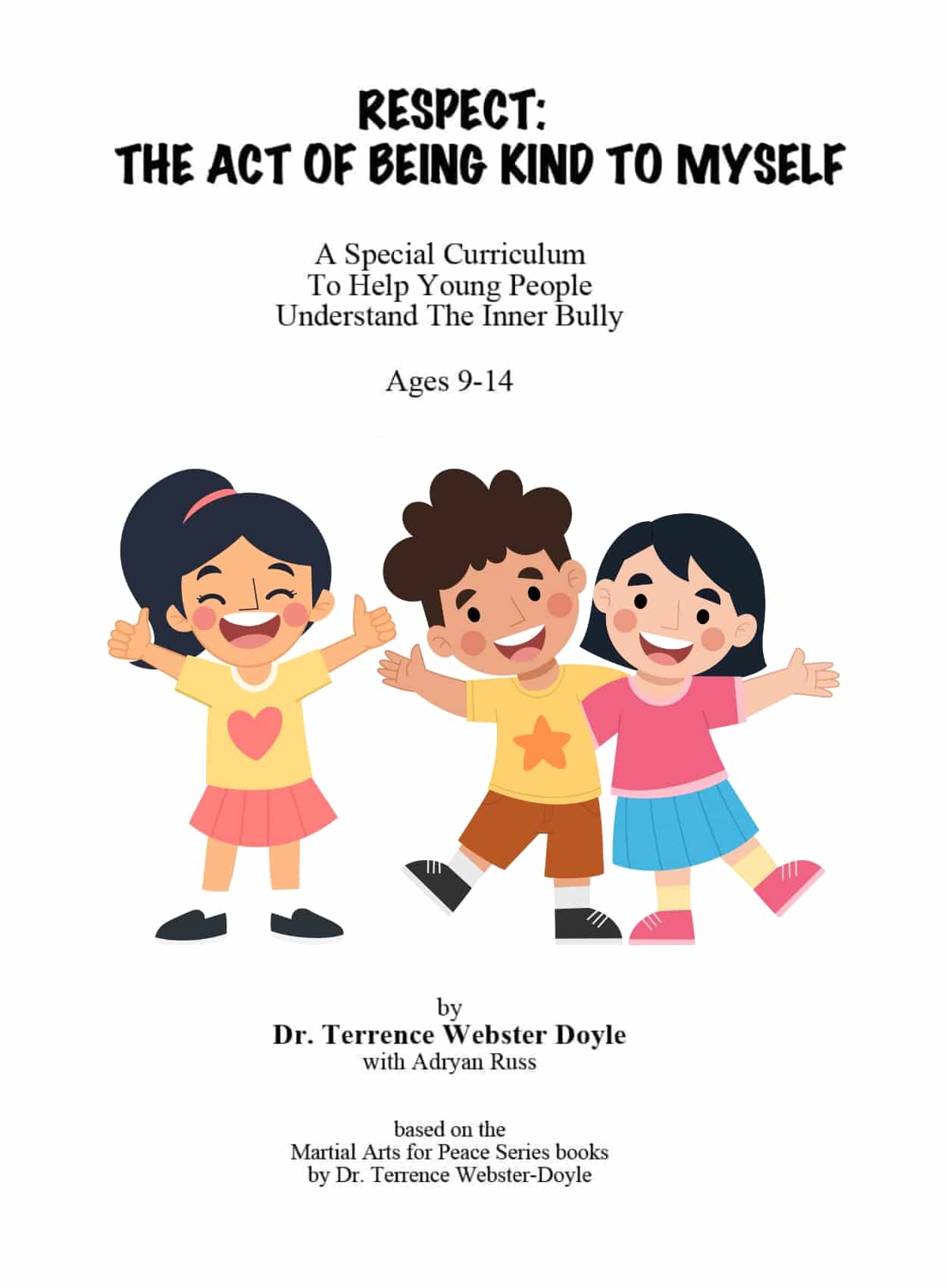Showing 1–12 of 61 results
People also purchase these items with Respect: The Act of Being Kind to Myself

Respect: The Act of Being Kind to Myself added to cart
Showing 1–12 of 61 results

No products in the cart.